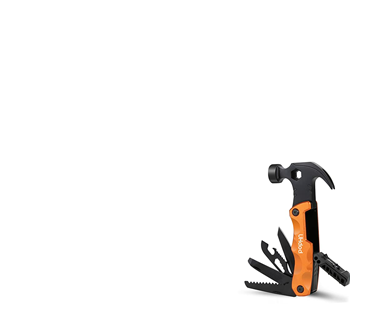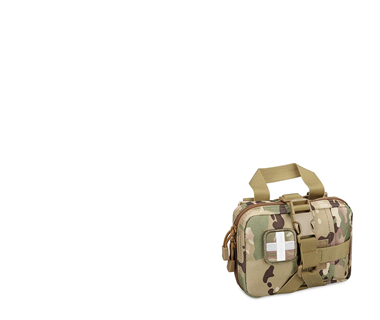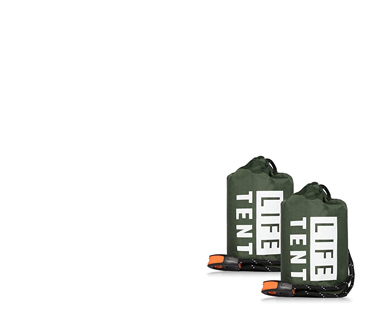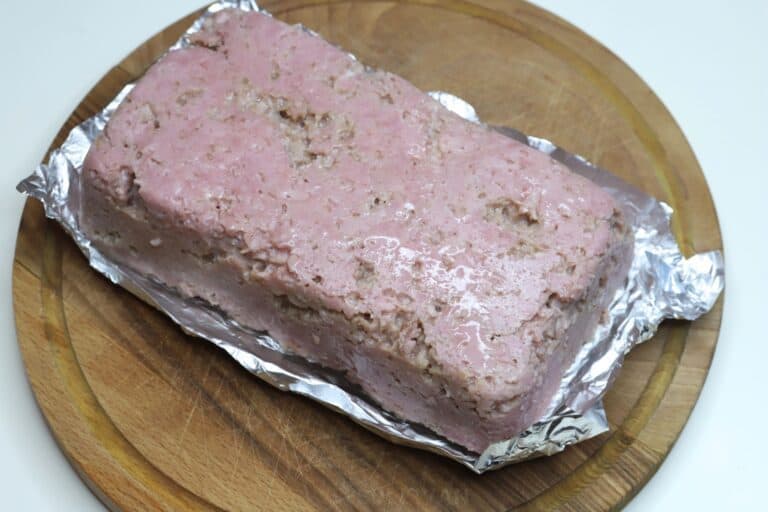7 Clever Tricks to Store Spam for the Long-Term Leave a comment
Oh, spam! Is there anything better if you are a prepper? It’s salty, tasty, ready to eat, and a wonderful source of animal protein that is ideal for long-haul storage. Sure, it’s the butt of many jokes, with some haters even asserting that it lasts forever because it’s not real meat, but that just isn’t true.
homemade spam on cutting board
Spam has a long shelf life, yes, especially when compared to other kinds of canned meat, but it doesn’t last forever. If you have a big stash of spam as a significant part of your survival pantry, you need to know how to maximize its shelf life so you can depend on it.
Fear not because I’ll give you 7 clever tricks for storing your spam below…
Tip #1. Inspect All Cans Closely Before Storing
One of the easiest and most important tips for storing your spam is also one that’s chronically, sadly, rarely done. It’s crucial that you carefully inspect every can you purchase prior to putting it into storage. Ideally, you’ll closely inspect them before you even purchase!
Why? Because you’re looking for dents, bad seals, signs of corrosion, water damage, or pull tabs that have been accidentally popped. Any of these could point to a compromised environment which will facilitate spoilage, or allow spoilage to start taking place sooner than it would normally.
Sure, canned goods might seem indestructible before you open them because they’re made of metal, but they are surprisingly delicate in the end. Only choose pristine cans for your stored spam.
Tip #2. Wipe Off Cans and Protect Them from Dust
Another super simple tip, but an important one. Make it a point to wipe off your cans before putting them into storage, and if they aren’t closed up in some other airtight container or space, wipe them off periodically when you inspect them.
Yes, cleanliness is always a good thing, but practically speaking, dust has a way of attracting and trapping moisture, which can lead to corrosion.
Corrosion leads to a compromised seal and subsequent spoilage. This phenomenon, commonly referred to as dust rust, is a real and genuine hazard for all metals, including tin cans.
Keep the dust away, and you’ll keep rust at bay, and then you can count on your spam to last as long as possible.
Tip #3. Keep It Cool
Storage temperature is always a major factor to an extended or shortened storage life.
Spam, so long as it is still sealed in its can, does not require refrigeration or freezing (unless you open it, in which case you should keep it in the fridge and eat it soon). Nonetheless, it will only last as long as possible if it is kept at room temperature, and preferably in a cool environment.
The ideal storage range for spam is between 50°F and 70°F (between 10° C and 21° C). You’ll get maximum shelf life, around 5 years or even a bit beyond, if you can keep it right around the lower figure.
As a rule, higher temperatures accelerate spoilage, whereas lower ones slow or even halt spoilage.
However, it’s possible to go way too low with canned goods: freezing temperatures are to be avoided, because the moisture that freezes expands and that can easily rupture the cans, especially ones that are packed to the brim like spam cans.
Tip #4. Keep it Dark
Darkness is also your friend for keeping spam fresh and edible for as long as possible. Light promotes spoilage, and even though spam cans are both thick and opaque, the presence of light, especially sunlight, can raise temperatures and that can lead to quicker spoilage as detailed in the previous section.
You would be making a mistake if you stored your spam anywhere that gets direct sun, or if you keep your storage location lit, especially with incandescent bulbs which put out a lot of heat!
Tip #5. Keep it Dry
This one should be obvious. You want to keep moisture away from your stored food, no matter what it is! This includes your canned goods.
Though impregnable to water, water is known as the universal solvent for a reason. It promotes rust, mold, fungus, and lots of other things that will compromise your food supply.
Even a location that’s chronically damp like a basement that is improperly sealed or waterproofed can lead to significantly higher rates of rusting. This, in turn, will greatly reduce the length of time you can keep your canned goods down there before you have to write them off as too questionable.
Drier is always better, and there is no moisture remediation technique that should be considered excessive if you’re dealing with moisture problems.
If these problems are chronic and you can’t seem to get a handle on them, or if they are seasonally too much to deal with, find a new location to store your food.
Tip #6. Use the First In, First Out Method for Rotation
Every seasoned prepper knows about this tip, commonly referred to as the FIFO method.
First in, first out means that you rotate your food on a regular basis, pulling out and using up or throwing away any cans that you first put into storage. Then you replace them with brand-new cans at the “front” of the “stack.”
This way, you are never left with any individual cans that are considered too far gone or risky.
An easy way to facilitate this is simply by labeling each can with a printed label, marker, or even a piece of tape with the date it was first put into storage on it. That will allow you to easily determine how long it has been in there and then act accordingly.
For my part, I never let my spam go a full 3 years, even though I have confidence it will last longer than that if possible.
Since I add 12 cans at a time, about 2 or 3 months prior to that 3-year anniversary, I will pull them out and get some Spam recipes going on my menu over the following weeks. Then I add 12 brand-new cans back into storage.
This minor logistical burden is all it takes to keep my spam supply fresh and safe…
Tip #7. Check Periodically for Swollen Cans
The last tip on our list is something that you should be doing regularly. Make it a point to check over all of your cans for signs of swelling or other indicators of spoilage. Any seeping liquid or obvious odor is an automatic disqualification. Throw it out.
But you have to look more closely for swollen cans which indicate the buildup of gases on the inside, gases that are generated by bacteria which have compromised your food.
Spam cans are pretty easy to spot when they’ve gone bad in this way. They will have a distinctly puffy feeling on the long sides, and the top might be bowed upwards slightly.
An intact spam can, laid face down on the counter, should not rock at all. If it is badly swollen, you’ll be able to see it wiggling and rocking back and forth because the side is now rounded.
Listen to me: don’t even open it to take a chance! You’ll regret it for months. Just throw it away and replace it.
How Long Can You Expect Spam to Last at Room Temp?
Spam has a sell-by date of 3 years, but in my experience, kept in ideal conditions, spam can easily last 5 years. Remember that the trick is to keep it cool, dark, and dry!
How Long Will Spam Last After Opening?
If you open up a can of spam, you should eat it within a day unless you can refrigerate it. Fresh refrigerated spam will last about a week, maybe 10 days on the outside, in the refrigerator.
Extending the Storage Life of Opened Spam
Refrigeration, as mentioned, but a significant extension of storage life can only be achieved at that point by freezing the spam.
Seal it up tight in a plastic freezer storage bag, or wrap it in butcher paper, and then throw it in the deep freeze. It will last for at least a year kept that way.
Note that you should not thaw and then refreeze spam. Once frozen, you should thaw it and eat it ASAP, and whatever you don’t eat, discard, or put it in the fridge and eat it within a week.
The post 7 Clever Tricks to Store Spam for the Long-Term appeared first on Survival Sullivan.




